Situated along the Nairobi River in beautiful Kenya, the capital of Nairobi is East Africa's most cosmopolitan city. It serves as an excellent starting point for African safari trips around Kenya. Nairobi is Africa’s 4th largest city and is a vibrant and exciting place to be. There are some fascinating attractions: its cafe culture, unbridled nightlife, the National Museum, the Karen Blixen Museum and most notably, just 20 minutes from the city centre, wild lions and buffalo roam in the world’s only urban game reserve. Make sure you pay a visit to the elephant orphanage operated by the David Sheldrick Wildlife Trust for a once in a lifetime experience.
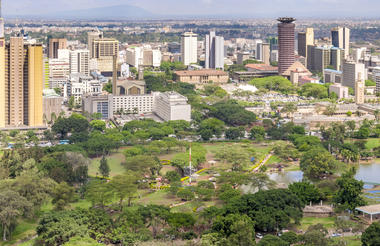
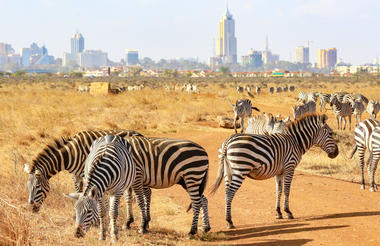

Spanning over thousands of hectares of vast open savannah grasslands in northern Kenya, Lewa Wildlife Conservancy is home to the world’s largest population of Grevy’s zebra. Renowned as a pioneer and leader in responsible tourism, Lewa Wildlife Conservancy actively advances and develops community engagement and wildlife conservation. It has been declared a UNESCO World Heritage Site and serves as an important sanctuary for a large selection of wildlife including the endangered black rhino as well as the white rhino. Lewa offers visitors the opportunity to have close encounters with these prehistoric creatures against an unspoilt backdrop, making it one of Kenya’s top game-viewing destinations. Boasting one of the highest wildlife densities in Kenya, the park is also inhabited by elephants, lions, buffalo, wild dogs, giraffes, cheetahs, and over 400 bird species.
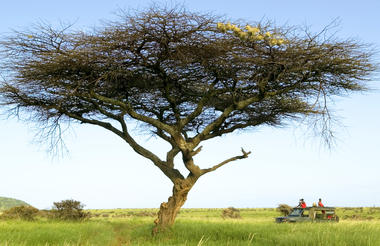
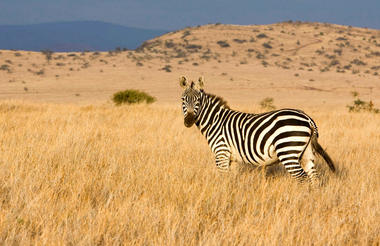
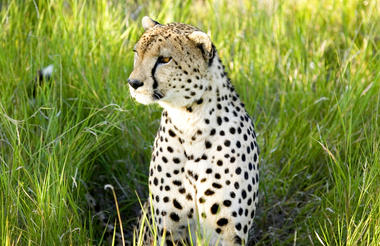
Situated in southwest Kenya, the Mara North Conservancy is a beautiful private wilderness area spanning more than 30 000 hectares. It is home to a spectacular array of plants, reptiles, birds and mammals; including elephant, rhino, buffalo, lion, leopard, cheetah and large concentrations of wildebeest, zebra, gazelle and other migratory wildlife. Leopard Gorge, in the heart of the conservancy, is famous as the setting of countless BBC Big Cat Diaries and National Geographic documentaries. Neighbouring the well-known Maasai Mara National Reserve, this conservancy is vital for sustaining the famous Serengeti wildebeest migrations as well as the endangered African wild dog and black rhino.
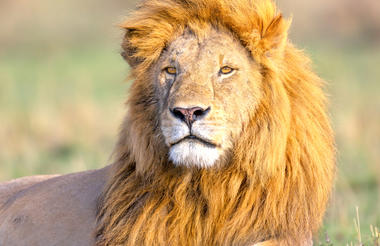
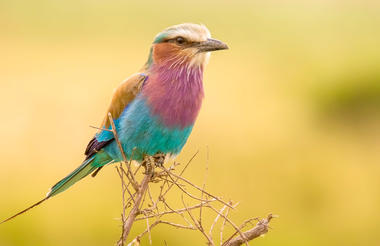
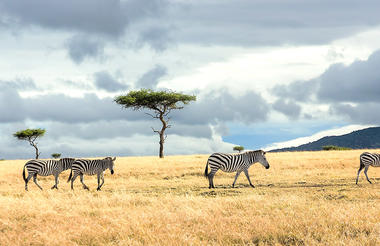
Perched at an elevation of approximately 1,850 metres, Rwanda's capital city sprawls across a series of verdant hills and valleys and is the country’s financial, commercial and cultural hub, . This undulating terrain provides panoramic vistas, with Mount Kigali offering well-marked trails for hikers to explore its lush vegetation and unique wildlife. The city's history is deeply etched in sites like the Kigali Genocide Memorial, a poignant tribute to the nation's past. Today, Kigali thrives with a vibrant arts scene, exemplified by venues such as the Inema Arts Center, where contemporary Rwandan art flourishes. Culinary enthusiasts can indulge in the city's burgeoning food scene, including traditional milk bars that serve fresh dairy-based beverages. The Kimironko Market presents a sensory feast of fresh produce, textiles, and crafts. The Uganda National Mosque, commissioned by Libya’s former leader Muammar Gaddafi, was built to strengthen diplomatic and religious ties between Libya and Rwanda. Nearby, Nyamirambo brims with colourful streets, local boutiques, and a lively nightlife.
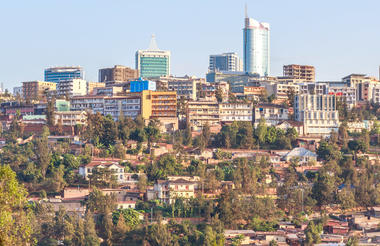
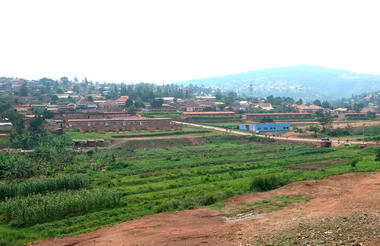

Located at the base of the Volcano Muhabura in northern Rwanda, the Twin Lakes of Burera and Ruhondo are picturesque blue water masses surrounded by the virunga high hills and separated by a one kilometre strip of land. Visitors can take canoe or boat trips along the waters to take in the magnificent views. Other activities include gorilla trekking or golden monkey tracking in the neighbouring Volcanoes National Park, taking fascinating cultural tours from Iby’iwacu Cultural Village, or visiting the intriguing, tropical Musanze Caves. The lakes’ Swamp Rugezi is one of the most important birding areas of Rwanda, and provides a photogenic, serene area to see a number of species. The lakes provide a wonderful opportunity to see people fishing along the shorelines with traditional methods, such as using self-made canoes (consisting of a single piece of wood), fishnets, and hooks.






